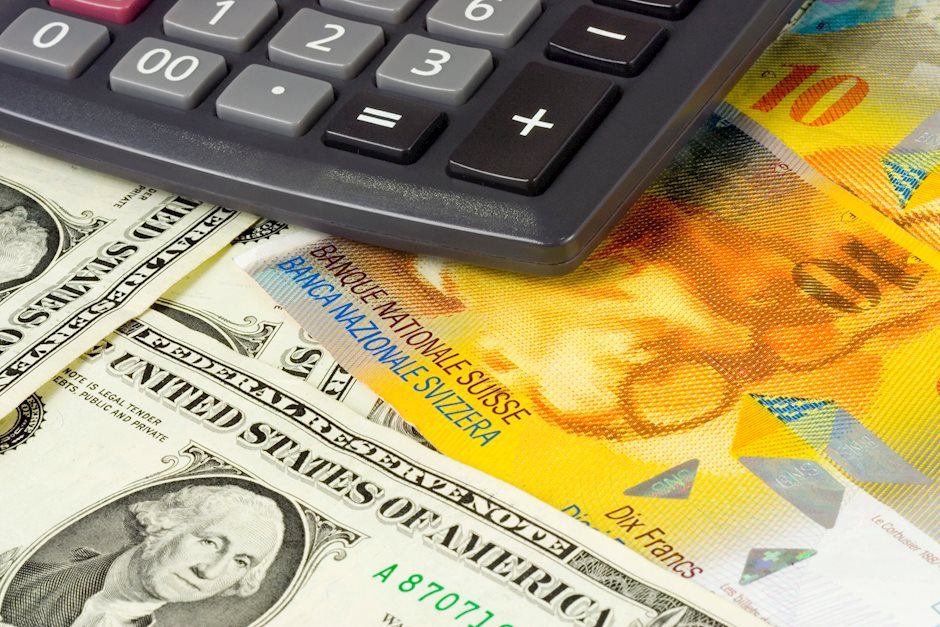USD/CHF surges to eight-week high, approaches 0.8800 after hot US CPI release
- US CPI inflation came in higher than expected, knocking down rate-cut hopes.
- Swiss CPI inflation slumped, putting the CHF on the defensive.
- US Retail Sales still in the barrel for Thursday.

The USD/CHF tipped into a fresh eight-week high above 0.8700 after a hot US Consumer Price Index (CPI) print sent markets piling back into the safe haven US Dollar (USD), while the Swiss Franc (CHF) got pummeled after Swiss CPI inflation came in below expectations.
Swiss CPI inflation came in at 0.2% MoM in January, missing the forecast 0.6% and seeing only a thin rebound from the previous month’s 0.0% print. YoY Swiss CPI inflation printed at 1.3% versus the forecast steady print at 1.7%, sending the Swiss Franc lower and putting the USD/CHF on pace to close higher for the fifth of the last six trading weeks.
US CPI inflation came in hotter than markets anticipated, with MoM headline CPI printing at 0.3% in January versus the forecast 0.2%. December’s print saw a revision to 0.2% from 0.3%. Core annualized CPI held steady at 3.9% compared to the forecast 3.7%, and headline annualized US CPI printed at 3.1%, down from the previous 3.4% but missing the market’s forecast 2.9%.
With US inflation proving stickier than investors were hoping, market bets of a rate cut from the Federal Reserve (Fed) got pushe dout even further on Tuesday. According to the CME FedWatch Tool, money markets are now pricing in a first rate trim in June. Markets have been pushed down from six to five total rate cuts in 2024.
US Retail Sales are still slated for release on Thursday, alongside US Initial Jobless Claims. US Retail Sales are expected to tick down -0.1% in January versus the previous month’s 0.6%, and Initial Jobless Claims are expected to come in at 220K for the week ended February 9 compared to the previous week’s 218K.
USD/CHF technical outlook
Tuesday’s USD/CHF rally has the pair pulling even further away from near-term medians with the 200-hour Simple Moving Average (SMA) near 0.8710. The pair is testing into eight-week highs near the 0.8900 handle, and the USD/CHF climbed nearly 1.4% bottom-to-top on the day.
Daily candlesticks have pierced the 200-day SMA near 0.8843, and the pair has closed bullish for six of the last eight consecutive trading days. The USD/CHF has gained around 6.5% from December’s low of 0.8332.
USD/CHF hourly chart

USD/CHF daily chart

Author

Joshua Gibson
FXStreet
Joshua joins the FXStreet team as an Economics and Finance double major from Vancouver Island University with twelve years' experience as an independent trader focusing on technical analysis.

















